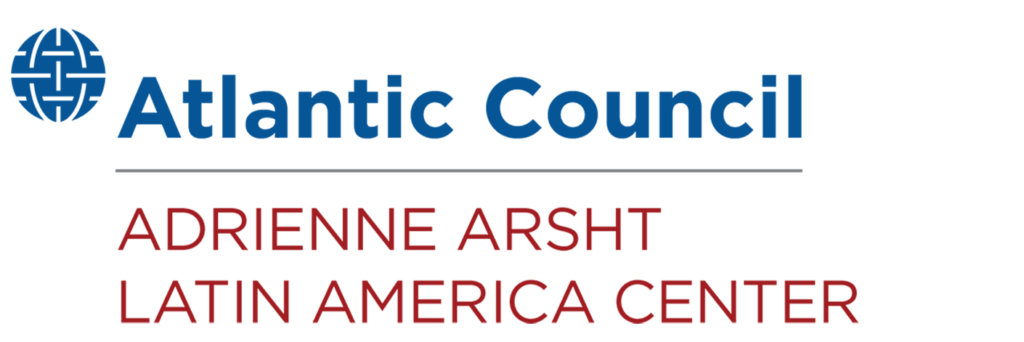Special investment case study
When I was asked to become the inaugural chair of the US-Colombia Business Council in 2017, I agreed without hesitation. My work in supporting two different administrations to help broaden and deepen bilateral social and economic ties is rooted in the extensive his- tory of Occidental Petroleum (“Oxy”) in Colombia.
Almost forty years have passed since a mid-April morning in 1983 when Oxy began to drill a well in the Cano Limon field in a remote part of Colombia’s Arauca Department along the Venezuelan border. Oxy’s geologists believed that a major discovery was possible even though other companies had explored the area without promising results.
The first traces of hydrocarbons were found in a matter of weeks. Increasing evidence showed that a major oil field existed. Roughly two years later, commercial production had begun with an average yield of 8,000 light crude barrels per day (bpd). It would eventually reach a peak of 300,000 bpd. That these geologists were proven correct not only helped change the course of Oxy’s history but also helped propel Colombia from a major importer of crude oil to a substantial exporter. It also spurred significant new investment in Colombia’s resource-rich hydrocarbons sector.
Oxy’s discovery occurred during a particularly challenging time for Colombia. While the first positive assessments of the Cano Limon field were being recorded, Time magazine devoted its cover to the spiraling debt in Latin America that would envelop the region for many years. The inability of several countries in the region to honor their obligations helped foster an international financial crisis that led many governments to adopt severe austerity measures. The social cost was immense: a decline in income per capita, a rise in unemployment, and general economic malaise. Yet, Colombia weathered the storm and consistently met its debt commitments, leading Euromoney magazine to label Colombia as “the golden exception.”
As in prior decades, responsible fiscal management undergirded the ability of Colombian authorities to manage a complex set of economic challenges. The discovery of massive new oil reserves played an important role in supporting fiscal stability. According to an analysis by the US consulting firm Booz Allen Hamilton, between 1985 and 1993, Colombia’s GDP growth increased by 1.5 percent annually due to the development of hydrocarbons stemming from the Cano Limon discovery. By 2022, the field had yielded 1.5 billion barrels of oil and generated more than $20 billion in total revenue.
The robust partnership between Colombia and Oxy launched over four decades ago continues to this day. We have taken great pride in being part of Colombia’s past and remain very optimistic about its future. I have seen first-hand the tremendous resilience of the Colombian people and the extraordinary talent and determination of its workforce, which is among the best. We have also expanded our partnership with Colombia’s state oil company, Eco- petrol, to include operations in the prolific Permian Basin in Texas.
Since the beginning of Oxy’s engagement with Colombia, we have not only sought to be a partner of choice but also to help address some of the more pressing economic challenges facing the country. One such challenge is confronting the realities of a changing climate and fostering an energy transition that can help protect and sustain future generations. Colombia has shown extraordinary leadership and commitment to a sustainable energy transition. It has established ambitious goals for reducing green- house gas emissions, including setting targets fully in line with the Paris Agreement: e.g., lowering emissions by 51 percent by 2030 and achieving net-zero emissions by 2050. Colombia has made impressive investments in alternative energy sources in recent years, and according to a recent report issued by the Ministry of Mines and Energy, significantly more are on the horizon.
Like Colombia, Oxy is taking bold steps to innovate for a low carbon future. We are reducing greenhouse gas emissions across our oil and gas, midstream, and chemical operations while providing products and services to help others do the same, all to achieve net-zero emissions by 2050. Adopting innovative technologies can accelerate Colombia’s ability to achieve its ambitious climate goals. The installation of carbon capture equipment in power plants and manufacturing facilities can also help since captured CO2 can be stored safely and permanently deep underground. With more than 60 million hectares of natural forests, Colombia also has enormous potential to sell carbon credits while protecting its forest, mangroves, and other natural solutions for storing carbon.
I am genuinely excited about what the future holds for Colombia and the historic partnership between our countries, especially in areas that support an energy transition so critical to the safety and security of our respective peoples and the planet. In fifty years, when the moment arrives to celebrate the 250th anniversary of US-Colombia relations, this unique partnership will be even stronger. Generations of Colombians and Americans will be the better for it.
Related Allies essays
A roadmap for a new type of engagement
This moment opens the door for a reimagined US partnership with Colombia based on a shared vision for a more prosperous, inclusive, and sustainable future.
Related program

The Adrienne Arsht Latin America Center broadens understanding of regional transformations and delivers constructive, results-oriented solutions to inform how the public and private sectors can advance hemispheric prosperity.
Image: Oil pump at sunset



